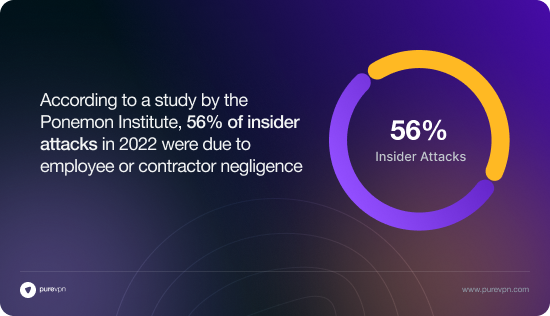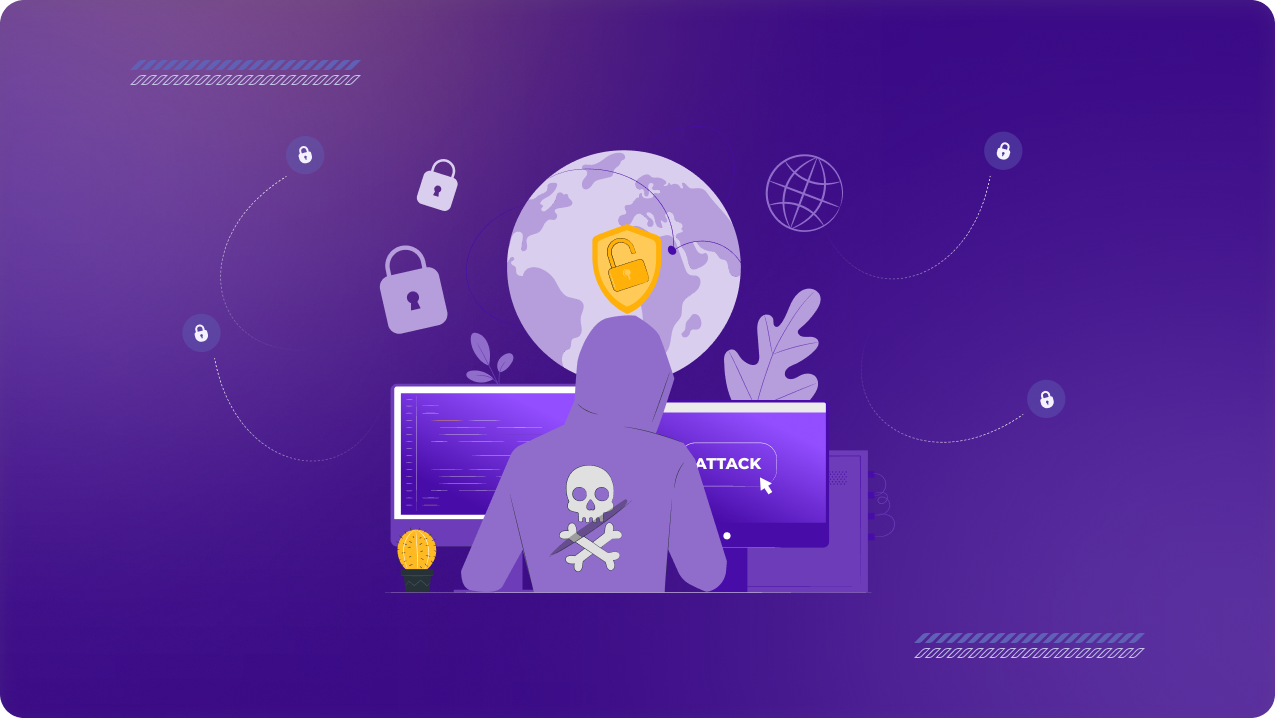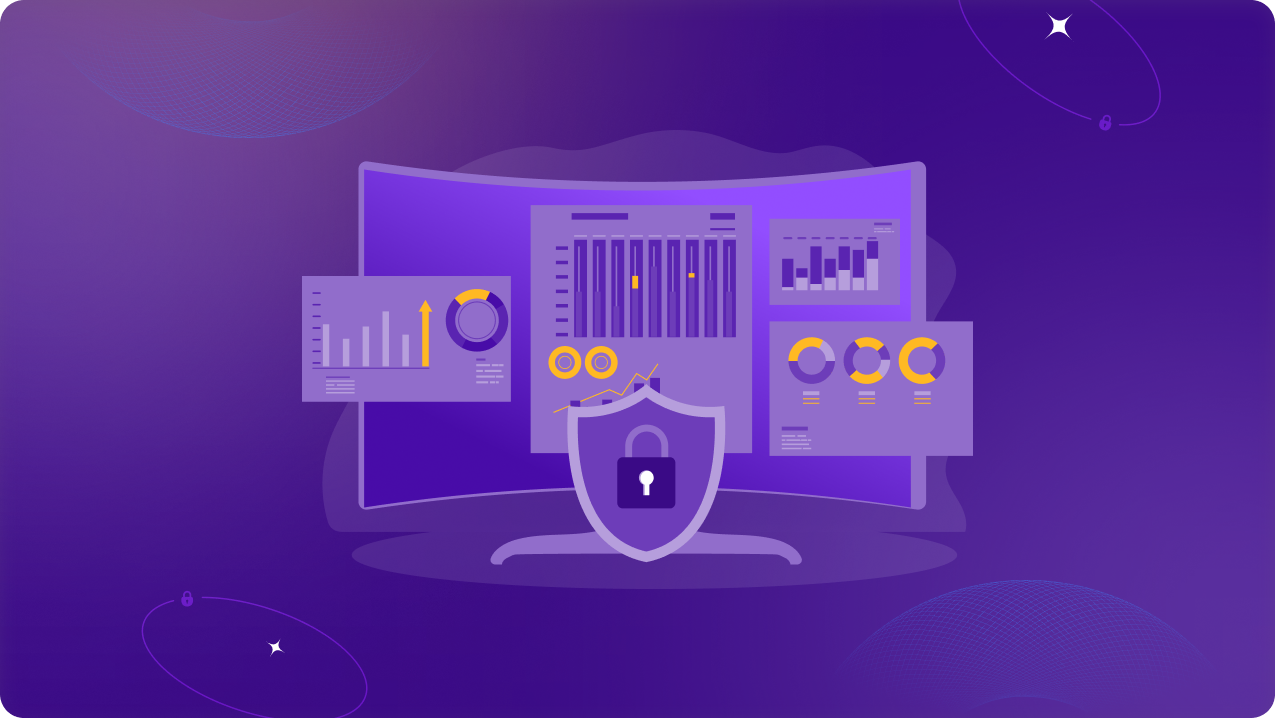Table of Contents
Just like identity security, device security is also an organizational concern now. Perilous cyber activities are developing every single day, and assigning data security responsibilities only to the IT sector is futile. From newly recruited employees to upper-level management, all hands need to be on deck for effective device security. The blog highlights the rationale for device security as a collective responsibility, highlighting participation expectations for everyone.
Why Device Security is Everyone’s Responsibility
Every single employee, including the less senior staff, is at risk of being targeted by cyber criminals. According to a study by the Ponemon Institute, 56% of insider attacks in 2022 were due to employee or contractor negligence. The moment an individual’s device is hacked, the entire organization becomes vulnerable. Staff members can help defend the multi-faceted internal cyber assaults by selecting powerful passwords and being careful with unsolicited emails and links. This collective effort will drastically change the current security situation of many organizations for the better.

Key Device Security Practices for All Employees
- What to watch out for: Lookout for spam emails, phishing emails or malicious links.
- Policy Compliance: Adhere to and implement policies and guidelines that concern secure device use.
- Regular Updates: Scan and install security updates on software and devices regularly.
- Reporting System: Notify the IT department of any unusual activity immediately.
- Self Education: Grab opportunities concerning security training/user awareness sessions release.
- Strong Passwords: Take a strong password like Xyzabc12@2109, which is more than 12 characters long, combines upper and lower case letters along with digits and special characters. Do not include your name, pet name, family information, phrases that are easy to figure out.
- Two Factor Authentication: Activate Two Factor Authentication whenever it is available on all your accounts. In addition to the password, this system requires secondary validation like a code via text message or any authentication app you might have.
- Keeping Everything Up-To-Date: Keep your devices and its operating system up-to-date. Security holes and malwares are a manufacturers favorite chew toy so they constantly have new updates to prevent that.
- Operating System Updates: Regularly check for system updates as manufacturers often release patches to improve security response. Also enable automatic patching if possible to ease the burden of having to remember to install important security patches.
- Email Vigilance: Be cautious with emails from unrecognized senders especially those with attachments and links. Check for signs of phishing such as broken grammar, immediate action needed, and strange sender addresses.
- Education: Always carry out planned training to learn emerging phishing attempts and how to spot them.
- Verification: Check with a trusted contact the authenticity of a received email before acting on it if it is deemed suspicious.
- Data Encryption:
- In Transit: To safeguard against interception, data should be encrypted while emails or data are being transferred across the network.
- At Rest: To protect against device loss or theft, the data stored on the device’s hard drives or external storages should be encrypted.
- Secure Connections: In all online activities, including web searching, take advantage of secure connections like HTTPS to guarantee privacy and security of data.
The Importance of Regular Threat Security Updates and Patches
Routine maintenance for your devices and software in the form of security patches and regular updates are essential for achieving safety from cyber threats. These updates usually contain solutions to vulnerabilities that can be exploited by hackers to unauthorized access including data theft from your system.
Promptly installing updates closes the gaps and reinforces your security system making it tougher for attackers to breach your defenses. Not paying attention to schedule updates, on the other hand, makes these devices and information vulnerable to threats, thus explaining the need for standing guard and vigilant for software updates.
How PureVPN for Teams Helps
PureVPN for Teams makes remote access easy and secure. Manage your team from one dashboard. Control access with Dedicated IPs. Enjoy fast, safe connections with smart servers and strong security. Get 24/7 expert support to keep your team protected. Learn more here.




